Energy Market Trends – August 2025
Electricity Market
Overview
August 2025 was characterised by more tempered market conditions compared to the volatility seen in mid‑winter. Wholesale electricity prices eased further, aided by strong renewable generation, fewer extreme weather events, and steady generator availability. The market’s reliance on gas peakers reduced, and spot price volatility was comparatively contained.
Market Dynamics
-
Renewable output (particularly wind) continued to play a greater role, with several regions setting new records for variable generation.
-
Across the NEM, coal generation declined month‑on‑month, consistent with seasonal patterns, while batteries and pumped storage increasingly absorbed variability.
-
Transmission constraints and curtailment risks remain structural pressures, especially in Victoria and South Australia.
-
Forward markets remained mixed: some states saw modest softening, while others (notably NSW) exhibited slight upward drift amid reliability concerns.
Spot Price Trends
-
The volume‑weighted average spot price (VWAP) across the NEM declined modestly, landing around AUD 93.16/MWh.
-
In South Australia, prices nearly halved relative to July, making SA one of the lowest priced regions in the month.
-
Tasmania stood out with the highest regional price (~AUD 125/MWh), as low wind and hydro stress pushed reliance onto gas units.
-
In more stable states, prices remained under pressure but with less acute volatility.
Regional Highlights
-
Victoria & South Australia: Benefitted from strong wind output; however, inflow constraints and curtailment risks continue to limit upside potential.
-
New South Wales: Despite easing spot prices, elders of coal plant reliability risks and sporadic outages kept futures markets wary.
-
Queensland: Held relatively steady, with coal and gas generation continuing to dominate the supply stack.
-
Tasmania: Hydro constraints and low wind output led to elevated prices and heavier dependence on gas capacity.
-
Western Australia: Remained largely insulated from NEM dynamics, but battery dispatch and local generation trends warrant monitoring.
Natural Gas Market
Overview
Though demand from electricity generation receded, the domestic gas market remained under pressure from export-driven pricing and supply tightness. The cooling in electricity prices offered some short-term relief, but structural supply constraints and elevated global LNG benchmarks upheld upward pricing momentum.
Market Drivers
-
LNG export obligations continued to influence domestic benchmark gas prices.
-
Domestic supply projects remain slow to move, keeping long‑term margins tight.
-
Many industrial users continued exploring electrification strategies to reduce exposure to gas cost volatility.
State‑by‑State Gas Snapshot
-
NSW & Victoria: Lower gas burn for generation softened short-term pressure, but industrial consumers continue to feel sensitivity to volumetric and commodity price shifts.
-
QLD: The state’s relative insulation from eastern export pressures gave it a marginal buffer, though export dynamics still influence sentiment.
-
SA: Gas demand remains cyclical, responding to renewables shortfalls.
-
WA: As usual, largely unaffected by east coast export dynamics, but domestic supply and demand balance remain locally sensitive.
Policy, Regulatory & Infrastructure Themes
-
The NEM Wholesale Market Settings Review draft report was released in early August, signaling possible reforms to market design that may affect bidding, dispatch, and resilience.
-
Rule change consultations advanced in areas such as life support customer processes and gas adequacy forecasting.
-
The AER’s compliance and enforcement report for FY 2024‑25 drew attention to elevated regulatory oversight and enforcement actions in the sector.
-
In infrastructure news, the Marinus Link project moved ahead following environmental approval and shareholder commitment—fortifying the Tasmania–Victoria interconnection framework.
-
The publication of key reports (e.g. ESOO, network options) reinforced the urgency around investment in firming and transmission capacity.
Outlook & Risks
-
While renewable generation is strong, prolonged lulls or low inflow seasons may still provoke price stress.
-
Transmission bottlenecks and curtailment risks remain significant limiting factors on renewable integration benefits.
-
Investor uncertainty lingers around regulatory settings, gas reservation policies, and market reforms.
-
Extreme weather events or unplanned generator outages could rapidly destabilise spot markets, especially in southern states.
Austech Power & Gas continues to monitor these developments closely and is available to support clients in hedging strategy, procurement, and resilience planning under evolving market conditions.

